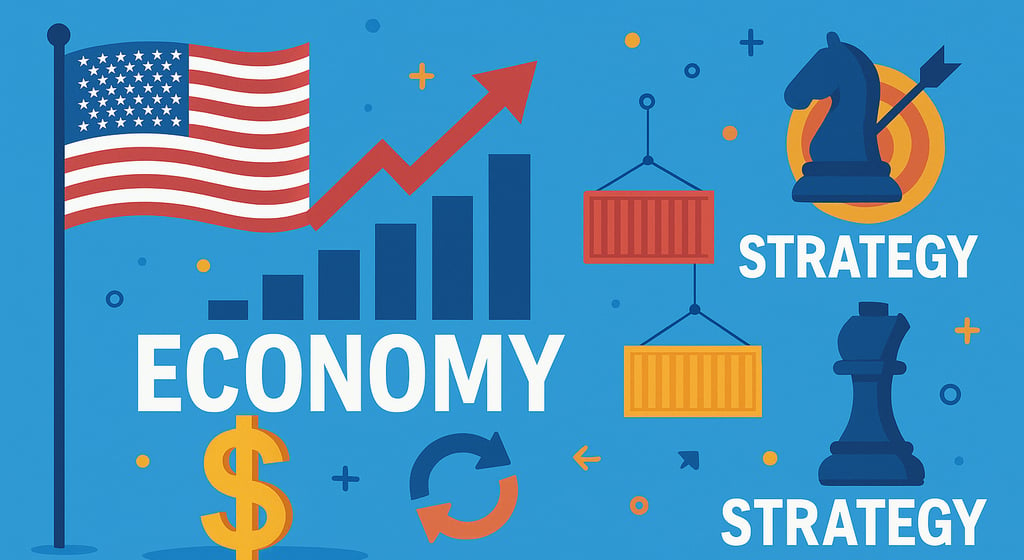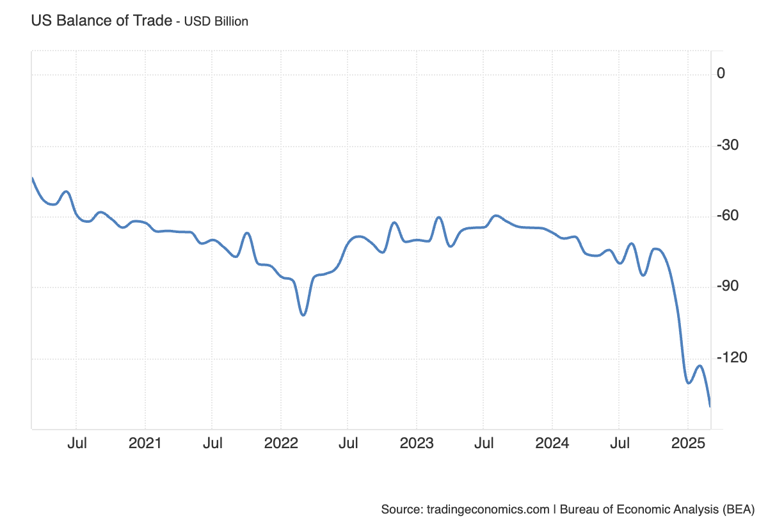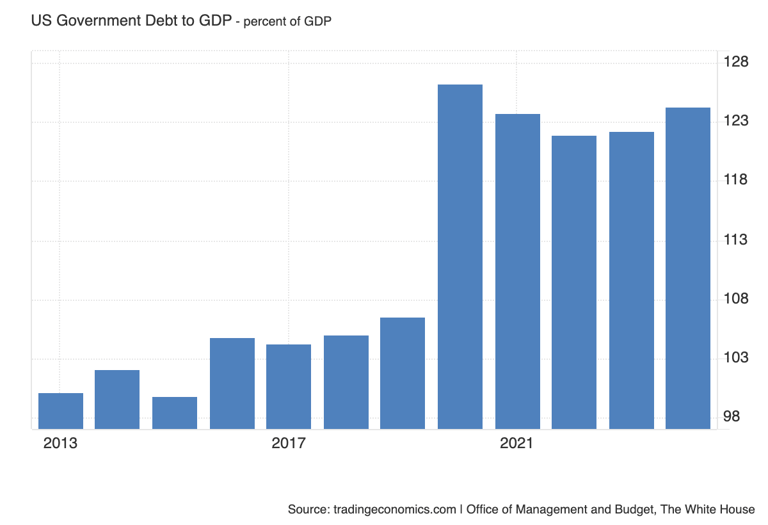Trumponomics
Donald Trump, who holds a strong hand in international trade, is shaking the global economy with tariffs. As a capitalist, he knows exactly what he’s doing and understands the consequences. He might be doing the right thing; but not in a way that sits well with global leaders.
ECONOMICSSTRATEGYGLOBAL NEWS
Nagaraj Basarkod
5/15/20255 min read


The United States has always been in the global spotlight, sometimes for the right reasons,sometimes for the wrong ones. Its democracy, technological revolutions, and active participationin global conflicts have shaped its identity. While these advancements have made the country proud, they have also brought challenges-who can forget the Great Depression? In many ways, reforms are the byproducts of governance failures. The U.S. has faced numerous setbacks,each leading to new reforms and innovations that often bypass existing regulations. Over theyears, America has evolved into a stable and strong economy.
The saying “the sun never sets on the British Empire” once held true, but the U.S. managed tosurpass the British pound with the U.S. dollar (USD) as the world’s reserve currency. To distributethe USD globally, the U.S. must consume products manufactured worldwide.
USD as a Reserve Currency
If we list all the safe assets across the globe, U.S. Treasury bonds rank alongside gold. These bonds are considered among the safest assets and serve as a benchmark for other countries.The U.S. boasts the largest, most well-developed, and well-regulated capital market. Its strongand reliable judiciary further increases trust in the economy. The tech revolution helped the U.S.economy flourish, attracting nations worldwide to trade. Globalization brought countries closer,and as the USD became the trusted currency for international transactions, it was widely accepted as the global reserve currency.
We have reached a point where no one can afford to lose the USD. If the U.S. faces trouble, the entire world gets ready to pump in money to safeguard their reserves and the assets they hold.
As the world’s largest economy, with stable inflation and the trusted USD, everyone wants totrade with the U.S. This sounds like stardom treatment, but in reality, these privileges come at acost-one that Donald Trump set out to address.
Trumponomics: The Trump Doctrine
Donald Trump ran for office with the slogan, “Make America Great Again,” suggesting that while America was doing well, it was not at its best. Here are the key issues he sought to address:
I had often heard the phrase "trump card," but now, I feel like I'm seeing it play out in real life.
Excessive Arbitrage
Globalization has been both a boon and a bane. Most major U.S. companies outsourcedproduction to Asian countries like China, India, and Southeast Asian nations. This shift benefited those countries through job creation and dollar inflows, while also fostering good relations with the U.S. Major automakers, retail chains, and tech firms relied heavily on foreign production. China, in particular, seized this opportunity to become the “world’s factory,” leveraging its demographic advantage.
The Twin Deficit Problem
The U.S. economy is strong and stable, but the rate at which its debt is rising is unsustainable. As of December 2024, U.S. government debt stood at 124% of nominal GDP, up from 123.1%the previous quarter and approaching the all-time high of 130.4% set in March 2021. The U.S. is a net importer, and its trade deficit has been widening at a much faster pace than the economy is growing. In March 2025, the U.S. trade deficit reached $140.5 billion, up 14.05%from the previous month and a staggering 105% higher than a year ago.
Other nations often bridge their trade deficits through borrowing or surpluses. In the U.S., thetrade gap is offset by foreign investment in Treasury bonds and direct investments. Essentially,the U.S. borrows money to buy imported goods, with the borrowed funds cycling back into thecountry as foreign investments. This creates a cycle where the U.S. takes on more debt to fund imports, and the money returns as investments - effectively, someone is lending you money to buy their goods.
If this situation persists, the U.S. faces two options: print more money or default - neither of which is desirable.




The Semiconductor Challenge
Semiconductors were invented in the U.S. and remained there during their early years, but production shifted overseas as the industry matured. Today, Taiwan’s TSMC holds the largest share of microprocessor manufacturing, while U.S. companies like Intel struggle to match TSMC’s scale and expertise. In 2022, U.S. based firms held 48% of the global semiconductor market share, the largest of any country. Most U.S. companies focus on design, outsourcing fabrication to other nations. If Taiwan’s chip industry falters, the global tech supply chain could grind to a halt. Control over microprocessor production equates to significant geopolitical leverage.
How Trumponomics Addresses the Problems
The US has a unique advantage: its currency is the global standard, and its market is the most lucrative and the largest. Trump didn't ban foreign products but increased tariffs to make them more expensive. The idea: "You can trade with us, but not at our cost." This could make foreign goods less attractive, encouraging domestic production.
Countries had limited responses:
Retaliate: Other than China, no other country could afford to retaliate due to their large USD reserves and the heavy dependence of American companies on China for both production and market access. China responded with an equal amount of tariffs and increased restrictions on American companies operating within its borders. It was a double shock for US businesses.
Negotiate: Most other countries chose to lower interest rates to boost domestic consumption, establish trade partnerships with other nations, and enter negotiations with the US. Trump had made a calculated move by raising tariffs, thereby gaining bargaining power to secure better deals. In a recent example, he signed a deal with Saudi Arabia that included an order for 160 Boeing planes.
Continue to Trade: Continuing to trade under higher tariffs means paying significantly more, which is ultimately unsustainable. Over time, this could lead to a reduction in trade with the US—the world’s largest economy and a nation everyone wants to stay connected with.
Increasing Trade Barriers:
Trump urged the Federal Reserve to lower interest rates, aiming to incentivize companies to shift production back to the U.S. and attract more global investment.
Encouraging Domestic Production:
He reduced U.S. participation in foreign conflicts and cut back on foreign aid, focusing resources on domestic priorities.
Cutting Government Spending:
Trump’s Strategy and Objectives
Trump’s approach was rooted in capitalism and a clear understanding of the U.S.’s globalposition. His main objectives were:
Generate more employment for both skilled and unskilled workers.
Reduce the tax burden on Americans, using increased tariffs to offset revenue gaps.
Encourage industries to relocate back to the U.S.
Reduce government spending.
He also introduced a period of uncertainty by announcing tariffs and then pausing for 90 days, keeping global markets and governments guessing and pushing them to negotiate faster.
Final Thoughts
We don't know how the future will unfold, but it's clear Donald Trump had a strategy-even if it clashed with global norms. Despite how the media portrays him, his moves reflected calculated risks rather than impulsive decisions.
For insights on India’s response to Trumponomics, check out my article on LinkedIn India’s Tariff Dilemma: Strategy Over Retaliation
Contact
+91 - 9738482563
© 2025. All rights reserved.
nagaraj.basarkod@yahoo.in